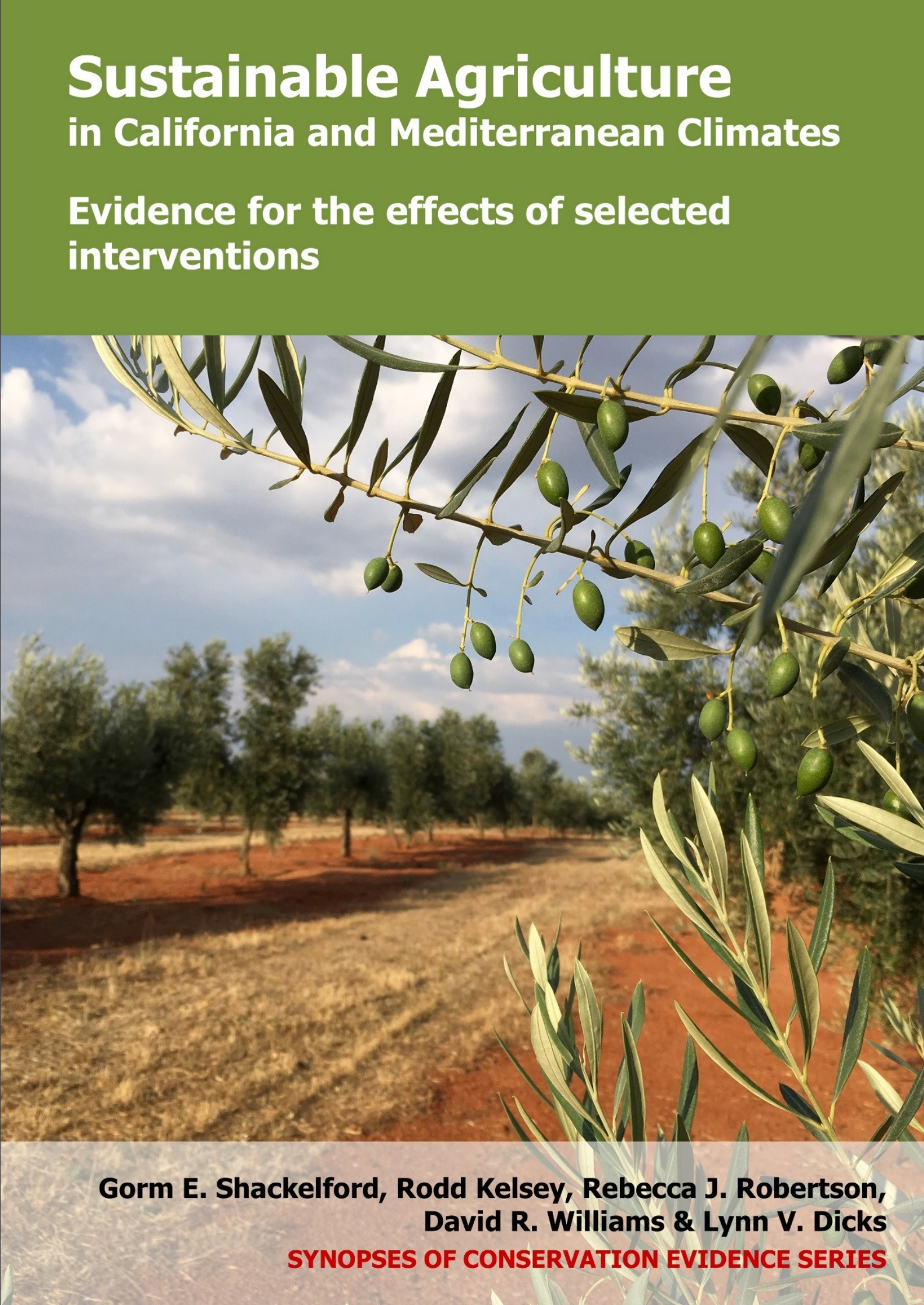Other biodiversity: Use rotational grazing
-
Overall effectiveness category Unknown effectiveness (limited evidence)
-
Number of studies: 2
View assessment score
Hide assessment score
How is the evidence assessed?
-
Effectiveness
38% -
Certainty
10% -
Harms
0%
Study locations
Supporting evidence from individual studies
A replicated, controlled study in 1998–2000 in grasslands in north-central California, USA, found no difference in purple needlegrass Nassella pulchra mortality or density between plots with rotational grazing or continuous grazing, but there were some differences in plant size and reproduction. Plants: Needlegrass mortality and density did not differ between plots with rotational grazing or continuous grazing (data reported as model results). Plants in rotationally-grazed plots had more reproductive stems than plants in continuously-grazed plots, in two of three years (1.3–1.8 vs 0.4–0.5). Plants were taller under light rotational grazing, but shorter under heavy rotational grazing, compared to continuous grazing, in one of three years (data not provided). There were no differences in plant stem diameter. Methods: Thirty 20 x 20 m plots were grazed from January (in 1998) or December (1999, 2000) until May at a stocking density of 0.75 animal units/ha. Rotationally-grazed plots were grazed until 25% (lightly grazed) or 50% (heavily grazed) of the plant biomass was removed, and then they were rested for 35 days. Continuously-grazed plots had animals at all times. Thirty individual plants were measured each year and plant density was estimated using 3–5 quadrats/plots (1 x 1 m quadrats).
Study and other actions testedA before-and-after study in 2011–2013 in grasslands in central California, USA, found that native grasses increased in cattle pasture after the adoption of rotational grazing. Plants: More survey units had native grasses, two years after rotational grazing was adopted, compared to before (80% vs 8%). Average percentage cover increased to 3%, two years after rotational grazing was introduced, compared to 0% before (0–20% vs 0–10%). Methods: In 2011, cattle density in 74 plots (1–10 ha) was increased to 110–170 t/ha, with fields grazed for 1–7 days and rested for 70–120 days (depending on the time of year and pasture quality). Previously, larger fields were grazed for longer periods, with little rest between grazing periods. Vegetation cover was estimated each July, using transects of variable lengths.
Study and other actions tested
Where has this evidence come from?
List of journals searched by synopsis
All the journals searched for all synopses
This Action forms part of the Action Synopsis:
Mediterranean Farmland
Mediterranean Farmland - Published 2017
Mediterranean Farmland synopsis





)_2023.JPG)














